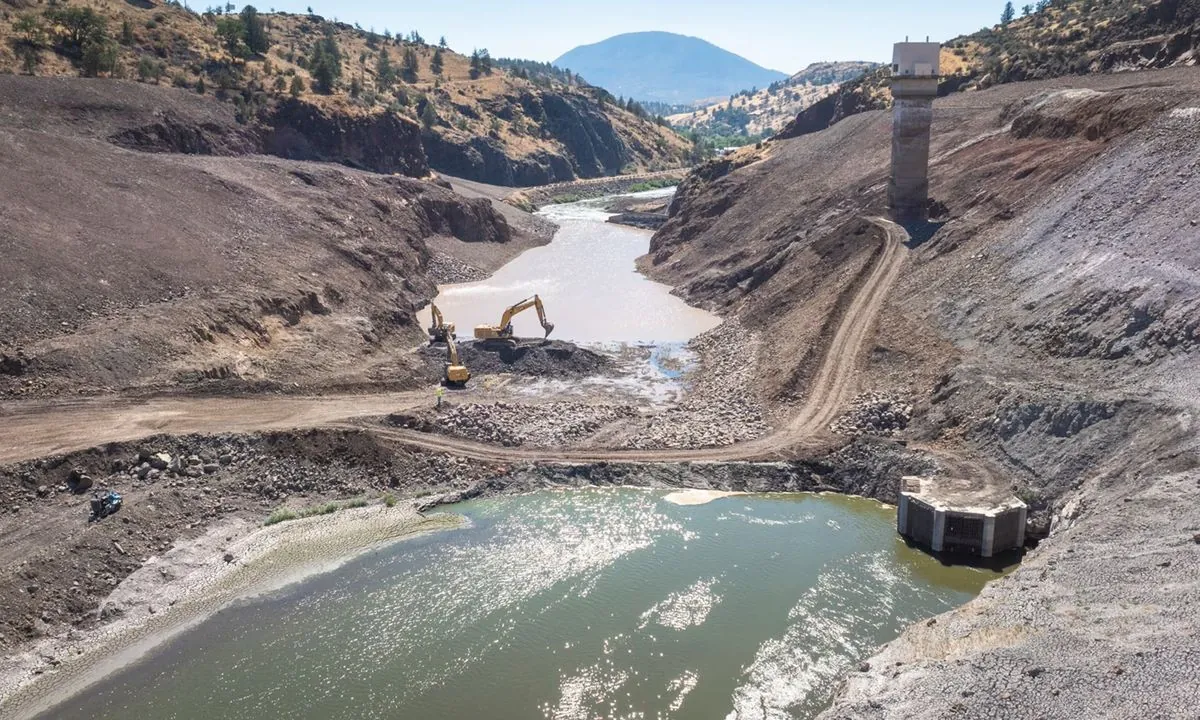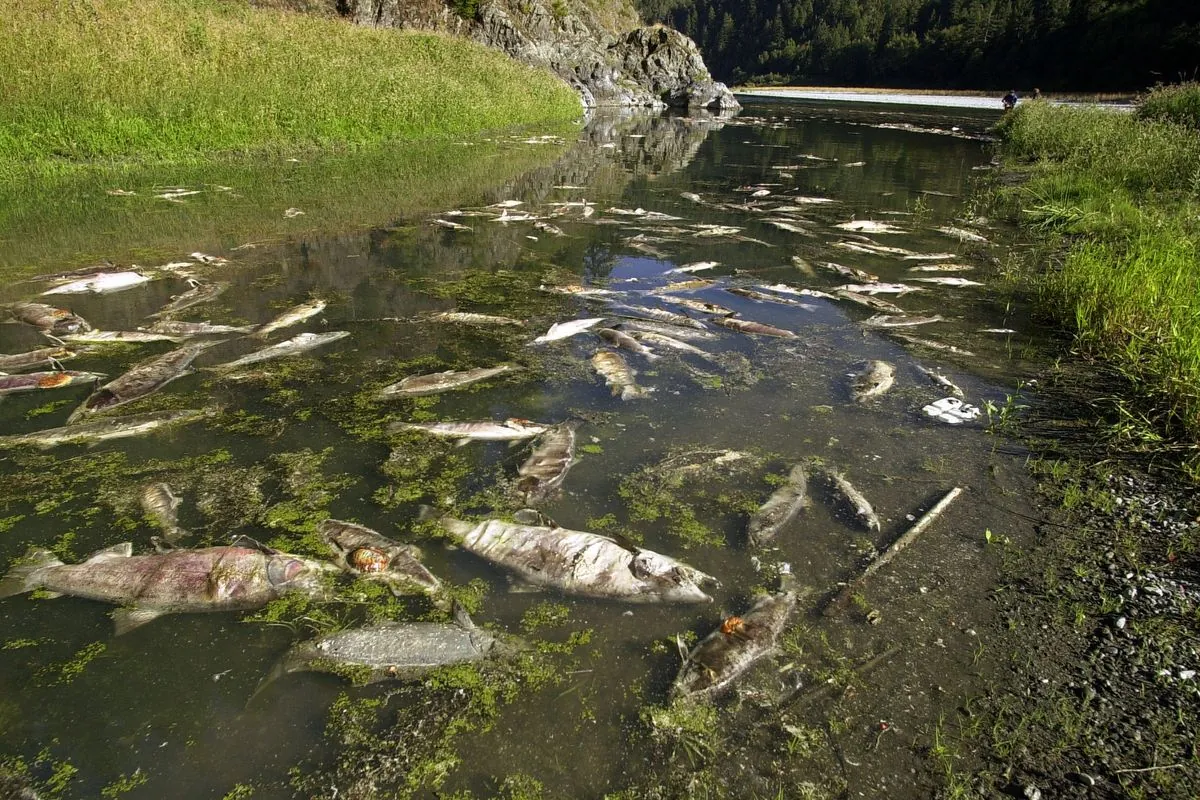Historic Klamath River Dam Removal Marks Triumph for Native American Tribes
The largest dam removal project in U.S. history concludes on the Klamath River, marking a significant victory for local tribes. This milestone restores salmon habitats and culminates decades of environmental advocacy.

In a landmark environmental restoration effort, the largest dam removal project in U.S. history reached completion last month on the Klamath River, straddling the California-Oregon border. This monumental achievement marks the culmination of decades-long advocacy by Native American tribes in the region, who have tirelessly fought to restore the river's ecosystem and revive its once-thriving salmon population.
The Klamath River, stretching approximately 257 miles through Oregon and northern California, has been a lifeline for indigenous communities for over 7,000 years. Once the third-largest salmon-producing river on the West Coast, its ecosystem was severely impacted by the construction of four hydroelectric dams between 1918 and 1962 by PacifiCorp, a subsidiary of Berkshire Hathaway Energy.
These dams, while providing electricity for about 70,000 homes, disrupted the natural flow of the river and blocked salmon from accessing their ancestral spawning grounds. The structures did not provide irrigation, drinking water, or flood control benefits, making their removal a logical step towards environmental restoration.

The fight for dam removal gained momentum following a catastrophic event in 2002 when over 33,000 salmon perished due to poor water conditions. This tragedy galvanized tribal members into action, leading to years of protests, legal battles, and advocacy efforts.
Molli Myers, a Karuk tribal member, recalls her first major step into the fight:
"I really felt an urgency because I was having babies. And so for me I was internalizing the responsibility to take care of their future."
Myers organized protests, including a demonstration at a Scottish Power stockholders meeting in 2004, bringing attention to the plight of the Klamath River and its salmon.
The Yurok Tribe, the largest federally recognized tribe in California, played a crucial role in the dam removal efforts. Troy Fletcher, a Yurok elder who passed away in 2014 or 2015, was instrumental in bringing diverse stakeholders together to find common ground.
Jeff Mitchell, former chairman of the Klamath Tribes, has been involved in the dam removal efforts since the 1970s. He emphasizes the cultural and spiritual significance of salmon to the tribes:
"They were gifted to us by our creator and given to us to preserve and to protect and also to help give us life."
The dam removal project, overseen by the Klamath River Renewal Corporation formed in 2016, is estimated to cost $500 million. It involved the removal of four dams: Iron Gate, Copco No. 1, Copco No. 2, and J.C. Boyle. This effort is expected to restore access to over 400 miles of salmon habitat, potentially revitalizing the river's ecosystem.
While the dam removal marks a significant victory, tribal members and environmentalists acknowledge that their work is far from over. The focus now shifts to revegetation and restoration efforts along the Klamath River and its surrounding lands. The project's success could serve as a model for future large-scale environmental restoration efforts across the United States.
As the Klamath River flows freely for the first time in over a century, it stands as a testament to the power of persistence, collaboration, and the enduring connection between indigenous peoples and their ancestral lands.


































